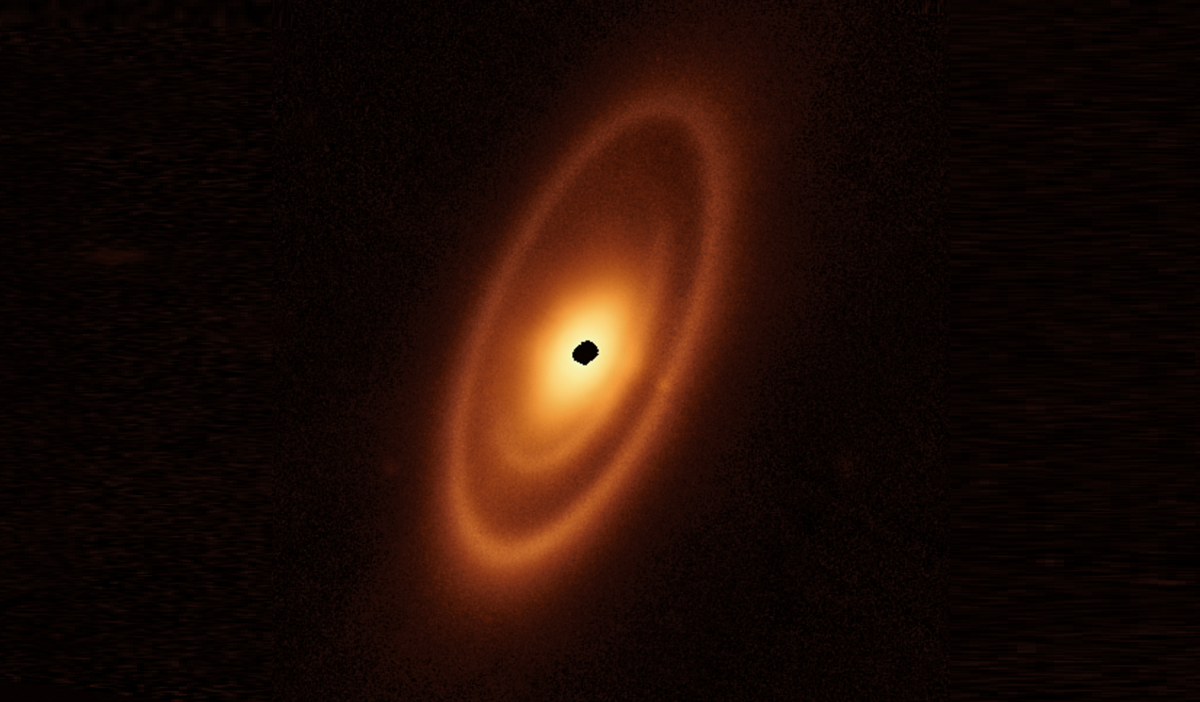James Webb has discovered planets near the nearest young star to Earth, Fomalhaut

40 years ago, scientists saw a field ring around the star Fomalhaut, which is the closest young star to Earth. Decades later, the James Webb Space Telescope has made it possible to study it in more detail.
Here's What We Know
Fomalhaut is about 440 million years old. The star is about 25 light years away. The dust ring around Fomalhaut resembles the Kuiper Belt, which is about 55 astronomical units from the Sun. Researchers began studying it with a space telescope, hoping to learn more information about the asteroids, but the observations gave astronomers even more information than they wanted.
The Fomalhaut system has a complex structure of dust rings in addition to the outer belt that astronomers knew about before. The ability of the James Webb telescope to operate in the infrared helped scientists see the heterogeneity in the structure of the inner disk.

After planets form, a large amount of dust and rock remains in the star system, from which other planets can form. However, the already created planets, which are the most massive bodies in the system, use their gravity to form asteroid belts from the remaining rocks and dust.
This is what scientists have seen in the Fomalhaut system using the James Webb Space Telescope. The researchers are confident that this and similar discoveries will allow them to find dust rings in other star systems and learn more about planetary structures.
Source: NASA